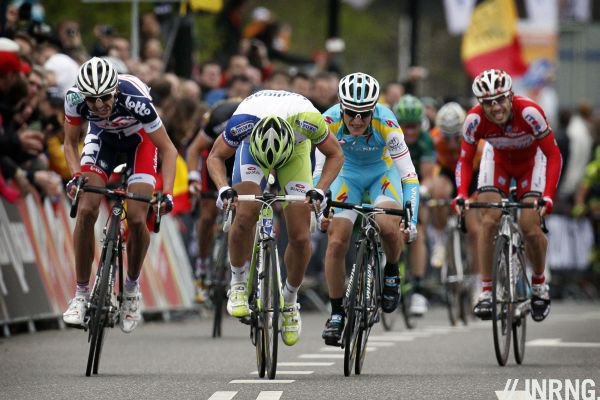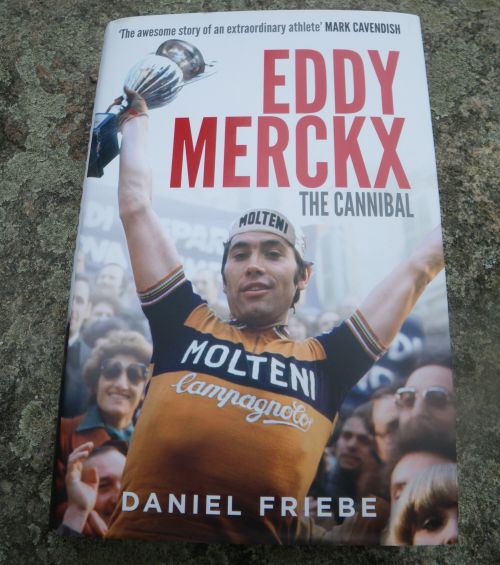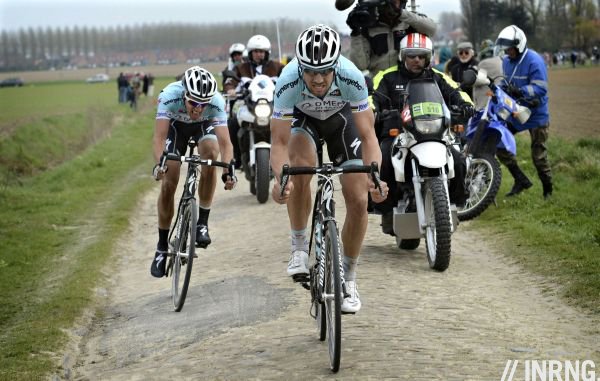In March this blog looked at the award of the 2013 track world championships to Belarus, a decision taken with input from a senior UCI official with a significant financial interest in a giant construction project in the capital, Minsk. Whether coincidental or not, the awarding of the worlds served to highlight the significant conflict of interest between the UCI’s sporting interests and the business activities of Igor Makarov, the Russian oligarch behind the Katusha team who now sits at the UCI’s top table, the Management Committee.
Now it’s time to take another look because sadly the overlap between sport and business is not restricted to one case. In another example here is a tale from Turkmenistan.








